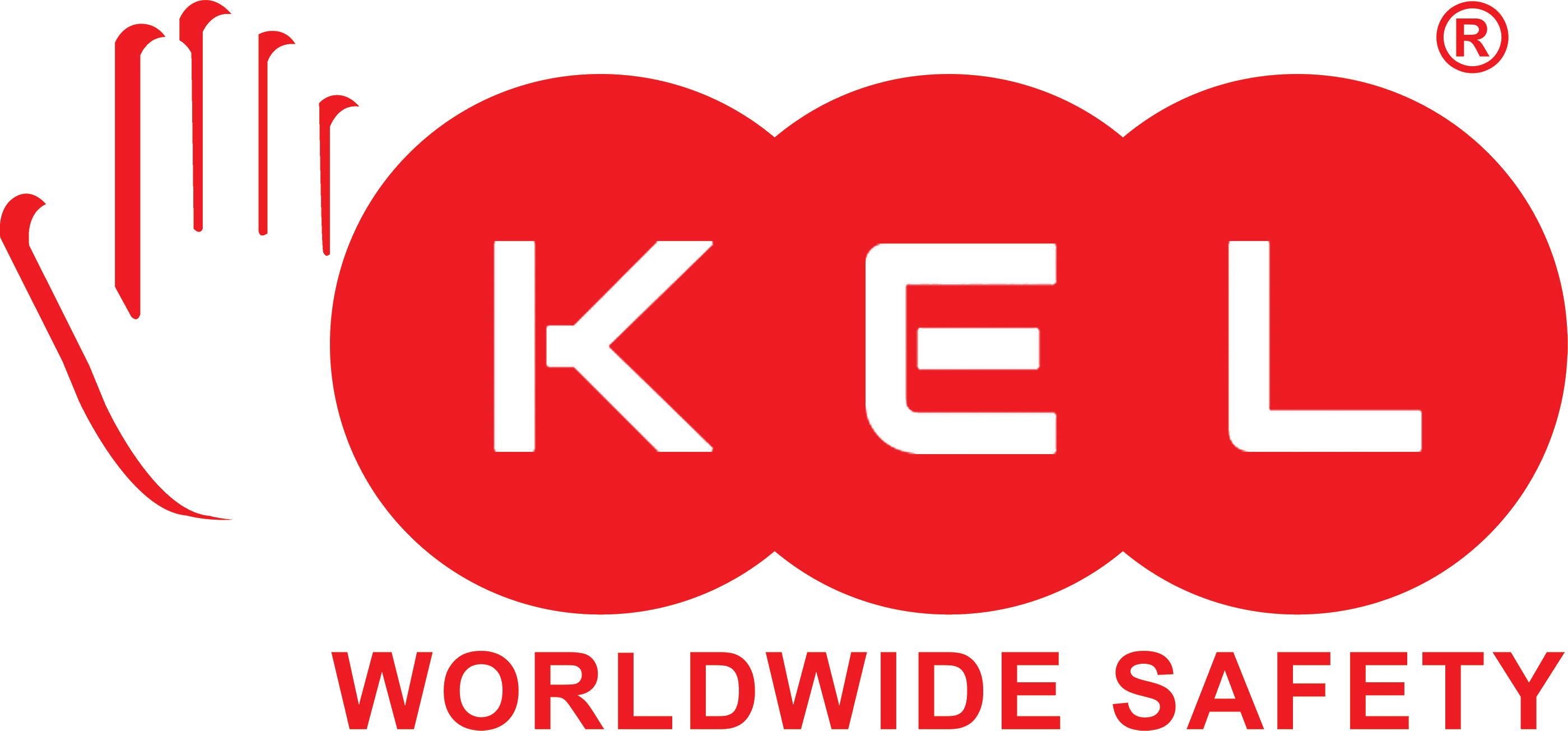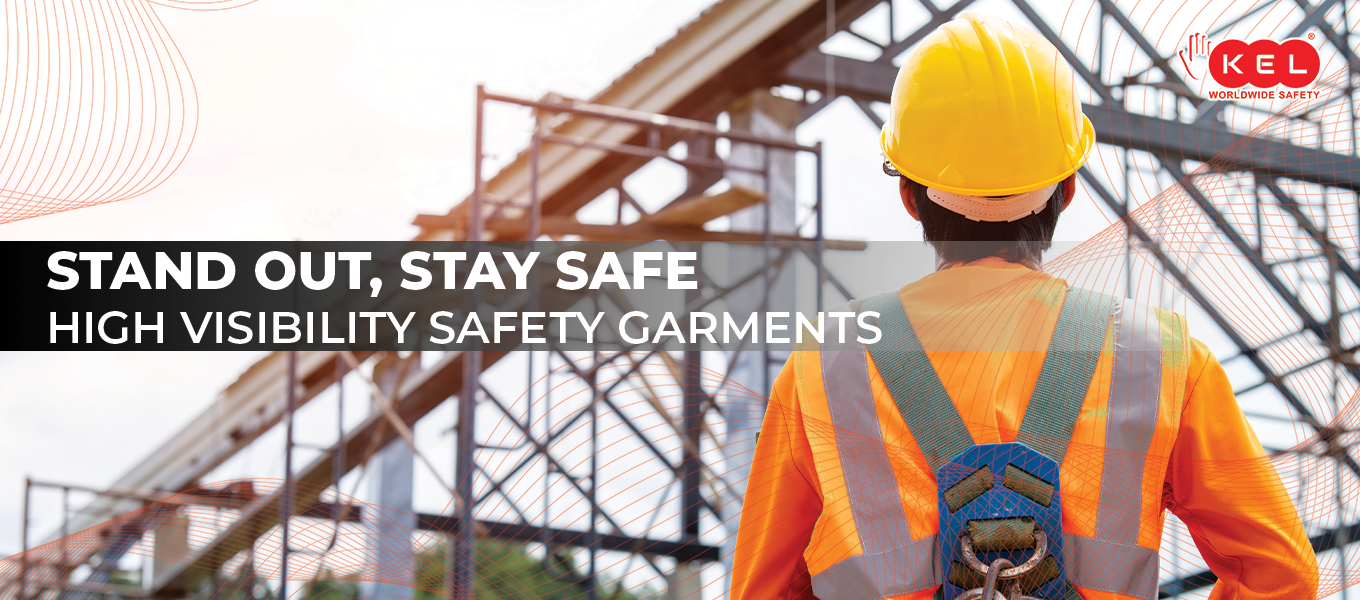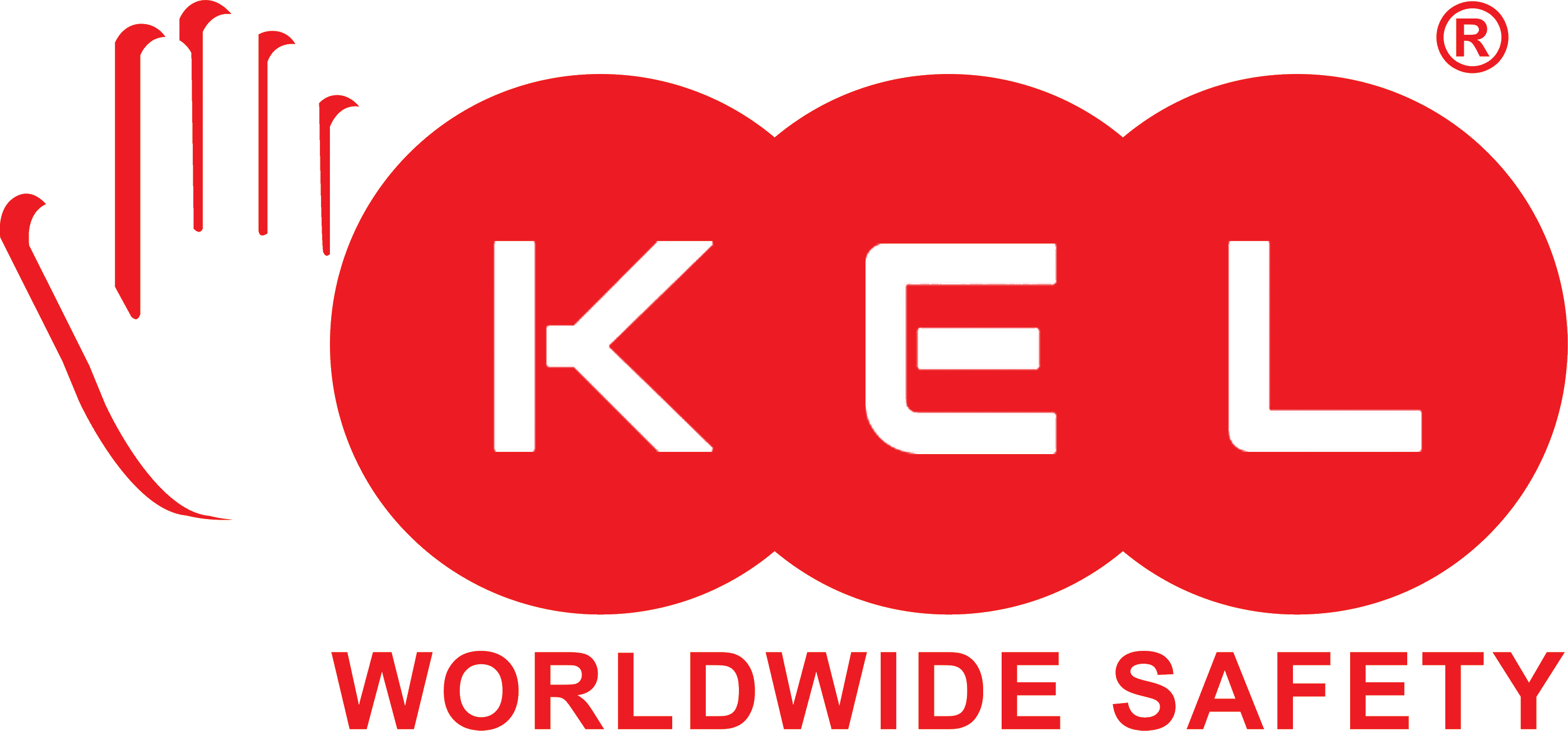Safety garments are an essential component of workplace safety, designed to protect individuals from various risks and hazards they may encounter in their daily work. Whether in construction, manufacturing, healthcare, or emergency services, safety garments play a crucial role in preventing injuries, ensuring visibility, and maintaining the overall well-being of workers. In this blog, we’ll dive into the different types of safety garments and their importance in promoting safety and health.
1. High-visibility clothing
is essential for workers who operate in environments with poor visibility, such as construction sites, roadwork zones, or emergency situations. The purpose of these garments is to ensure that workers are easily seen, reducing the risk of accidents caused by vehicles or heavy machinery. These Garments are made from fluorescent fabrics with reflective strips to help improve visibility in low-light conditions or when working near traffic. Adding reflective tape to safety garments increases visibility during nighttime or low-light conditions. This is especially critical for roadside workers or emergency personnel.2. Flame-Resistant (FR) Clothing
Workers who are exposed to extreme heat, open flames, or electrical hazards need flame-resistant clothing to protect them from burns, injuries, or worse. Industries such as oil and gas, chemical manufacturing, and welding require workers to wear these specialized garments. These garments are often made from materials like Nomex, Kevlar, or cotton blends treated with flame-retardant chemicals to prevent fire from catching wearer’s body. FR Garments reduces the risk of severe burns in high-risk environments, ensuring that workers can perform their tasks safely, even in hazardous conditions.3. Chemical-Resistant Clothing
Workers in industries such as chemical manufacturing, healthcare, or cleaning may encounter toxic substances that pose serious health risks. Chemical-resistant clothing is designed to protect the skin from hazardous chemicals and other potentially harmful materials. These suits made from durable, impermeable materials and are designed to prevent chemical penetration. These suits protect workers from splashes and spills of dangerous substances.4. Impact-Resistant Clothing
In certain industries, workers are exposed to physical hazards, such as falling objects or machinery impacts. Impact-resistant clothing is designed to protect workers from blunt force trauma, cuts, or abrasions. Impact-resistant garments prevent injury from falling objects or sudden movements, ensuring that workers can safely maneuver around hazardous environments.5. IFR Protection Garments
IFR protection garments offer superior protection against both flames and thermal risks, as well as reduce the likelihood of severe burns in high-risk environments. Unlike traditional flame-resistant clothing, IFR garments offer added durability, comfort, and multi-hazard protection. This makes them essential for workers in industries with unpredictable fire and electrical hazards. These clothings are made typically from advanced fabrics designed to minimize burn injury and provide durability against harsh working conditions. IFR garments are made with breathable, lightweight materials while maintaining the highest level of flame resistance.Safety garments are an essential part of any workplace or hazardous environment. From high-visibility clothing that ensures visibility, to flame-resistant and chemical-resistant gear that protects workers from dangerous substances, these products are critical in minimizing risk and preventing injuries. By investing in the right safety garments, both employers and employees can create a safer working environment that prioritizes health and well-being.


